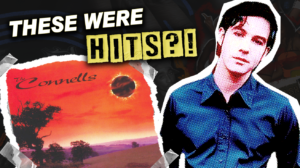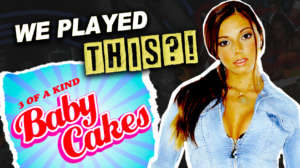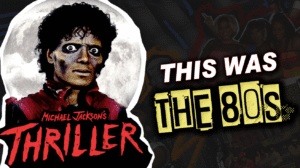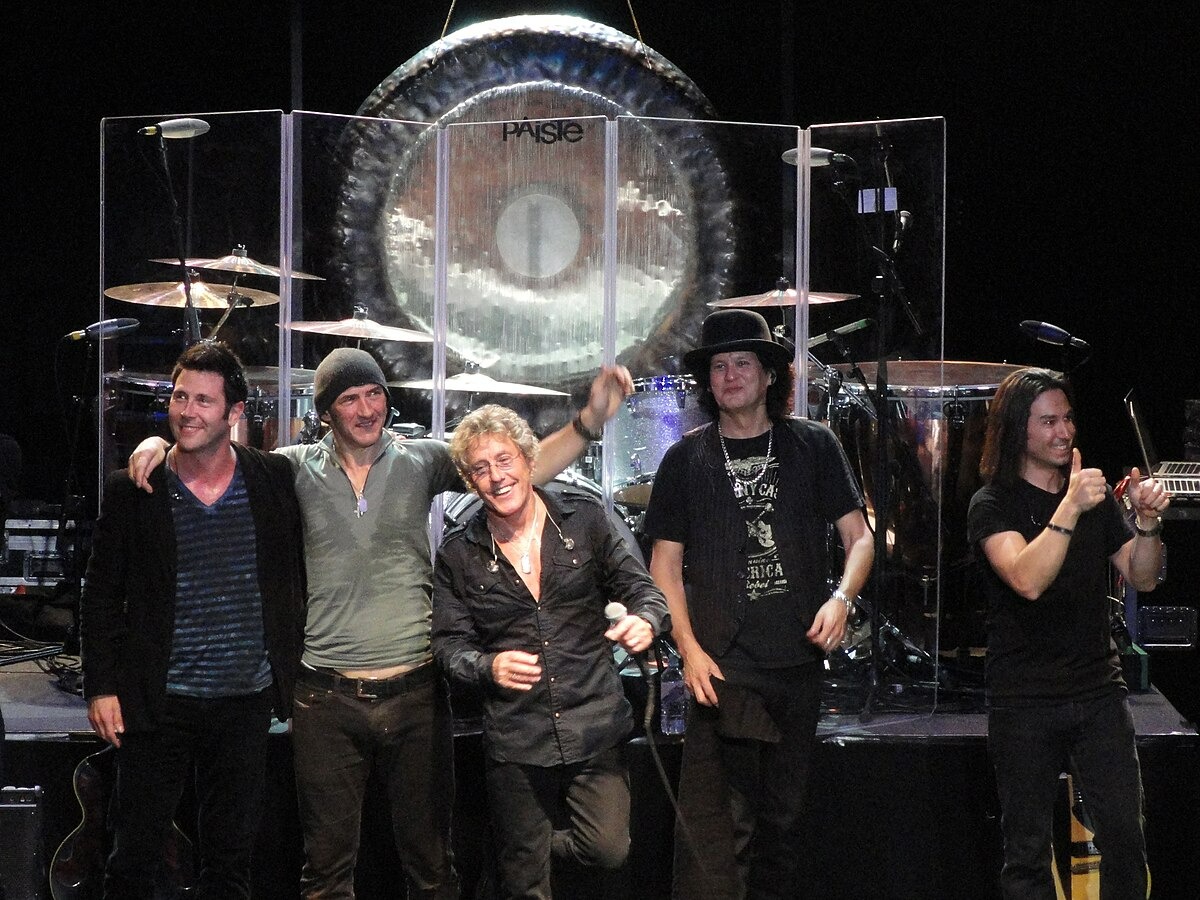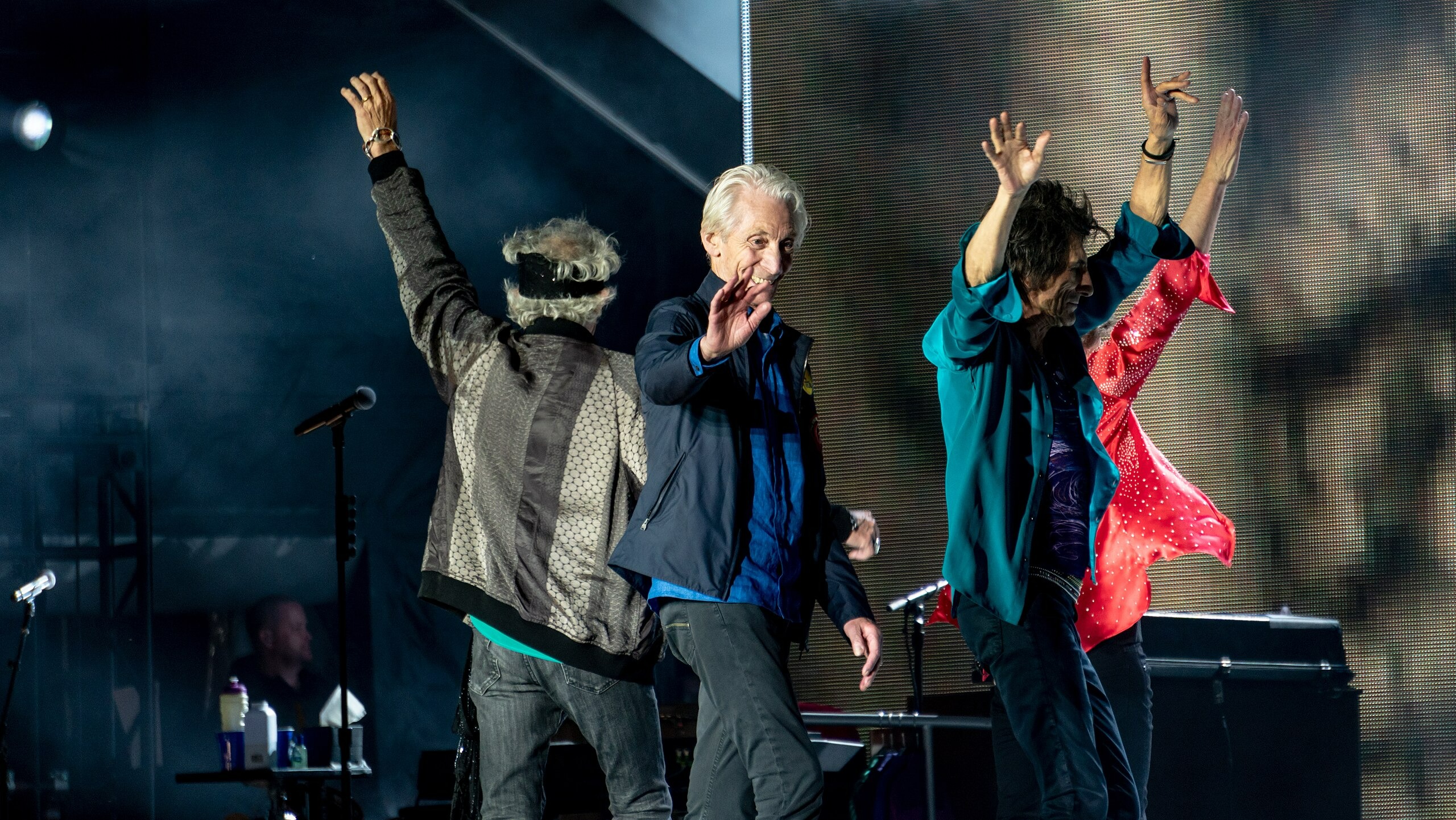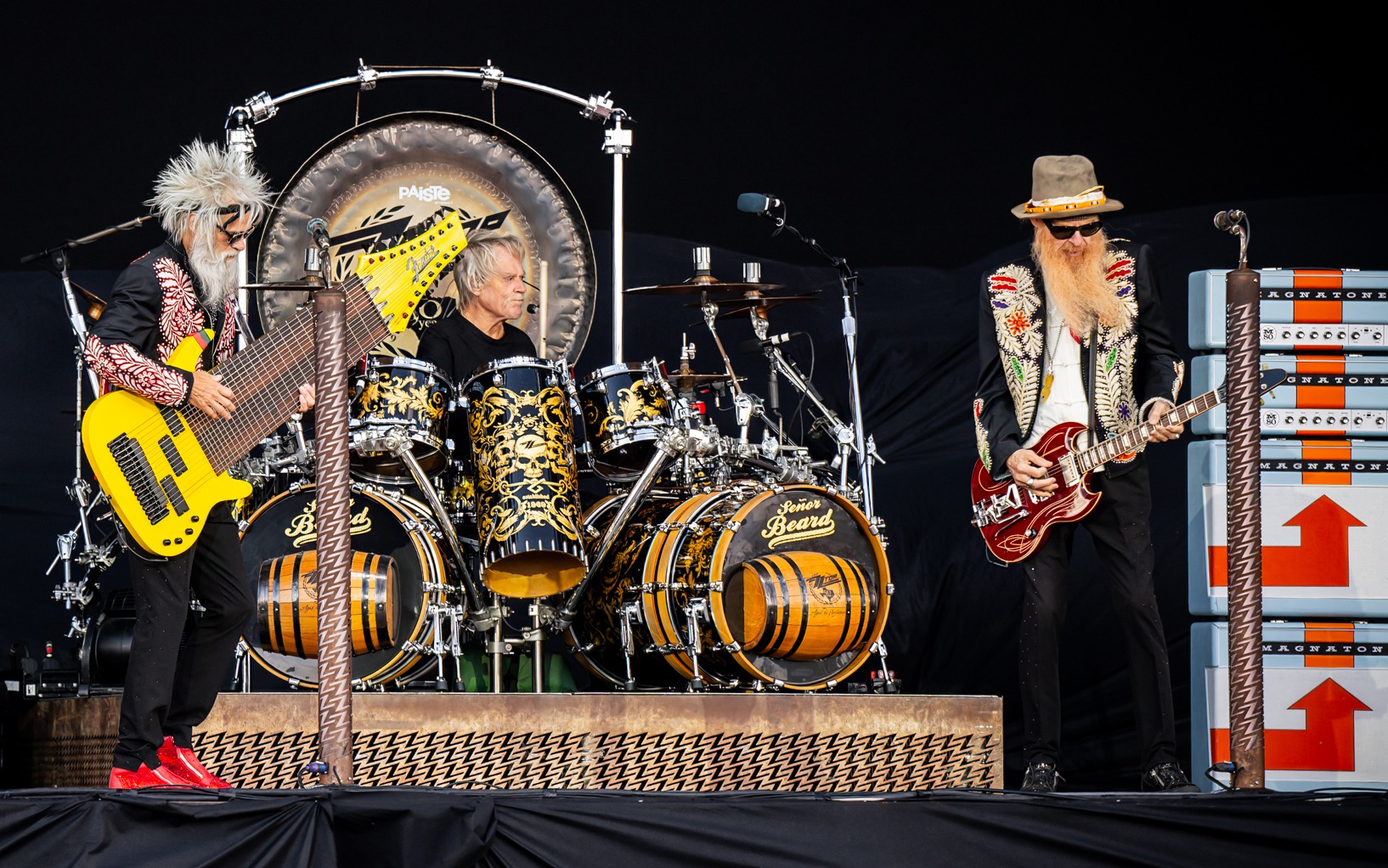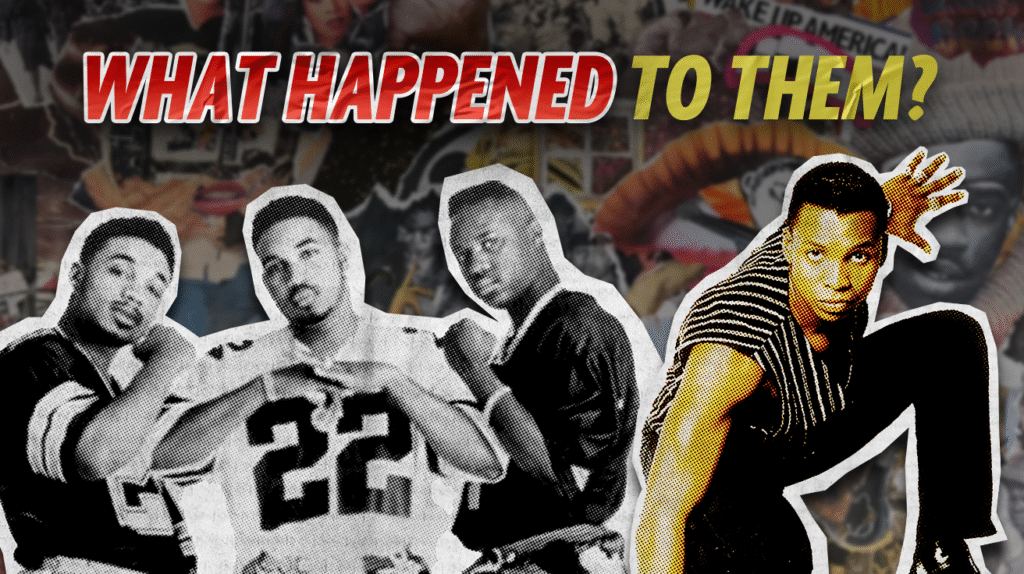
Radio DJs called 1993 the year of the fleeting hit, where songs exploded onto charts before vanishing like skipped CD tracks. These sonic ghosts left behind more than nostalgia—they delivered innovation disguised as novelty.
These tracks represent a moment when artists threw convention out the studio window and trusted their weirdest instincts. You’ll recognize every hook, but the stories behind these earworms reveal why some songs burn bright and disappear while others quietly reshape music history.
11. 95 South – Whoot, There It Is

Raw bass frequencies drive “Whoot, There It Is” with trunk-rattling intensity that Southern hip-hop perfected. 95 South’s original version predates Tag Team’s sanitized remake, delivering grittier production values and more aggressive vocal delivery that captures Atlanta’s underground energy. The track’s minimal arrangement maximizes impact through repetitive chanting over heavy drums, creating a hypnotic effect that prioritizes crowd participation over traditional verse-chorus structure.
Car audio systems throughout the South showcased this track’s low-end power during the summer of ‘93. Sometimes the most effective music reduces complex emotions to simple, shoutable phrases.
10. H-Town – Knockin’ Da Boots
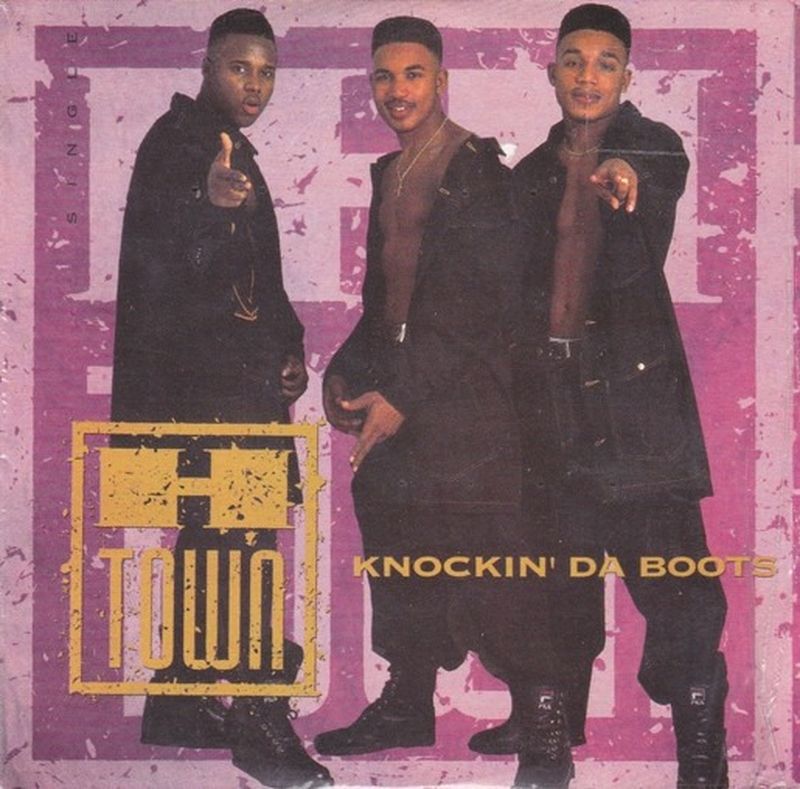
Sexual frankness wasn’t revolutionary in R&B, but H-Town’s directness felt refreshing amid the era’s metaphor-heavy love songs. “Knockin’ Da Boots” strips away romantic pretense, delivering smooth harmonies over sultry production that sounds expensive despite independent label origins. The track’s confidence transforms potentially crude subject matter into sophisticated seduction. New jack swing’s influence appears in the song’s rhythmic patterns, enhanced by traditional soul harmonies that provide emotional depth.
The production’s dynamic range showcases each member’s vocal strengths, proving that explicit content can coexist with musical sophistication when executed with genuine artistry.
9. DRS – Gangsta Lean

Grief rarely receives hip-hop treatment this profound, as “Gangsta Lean” processes loss through measured verses and haunting production that respects mourning’s complex emotions. DRS created space for vulnerability within hip-hop’s traditionally masculine framework, using slow tempos and minor keys to convey authentic sorrow instead of performative toughness. The track’s production mirrors funeral procession pacing that allows lyrics to settle into listeners’ consciousness.
The song demonstrates how effective memorial music requires restraint—flashy production would trivialize genuine emotion that emerges from lived experience instead of studio calculation.
8. Paperboy – Ditty

Laid-back groove defines “Ditty” more than lyrical complexity, showcasing West Coast hip-hop’s emphasis on rhythm over rapid-fire wordplay that dominated other regions. Paperboy’s relaxed delivery floats over production that prioritizes pocket over intensity, creating an unhurried pace that allows listeners to absorb each element without overwhelming sensory input. The track’s accessibility shows how hip-hop can emerge from simplicity instead of technical virtuosity.
California’s car culture embraced this track for its cruising-friendly tempo and accessible production values. The song complemented the region’s laid-back lifestyle and sunny weather patterns perfectly.
7. Green Jelly – Three Little Pigs
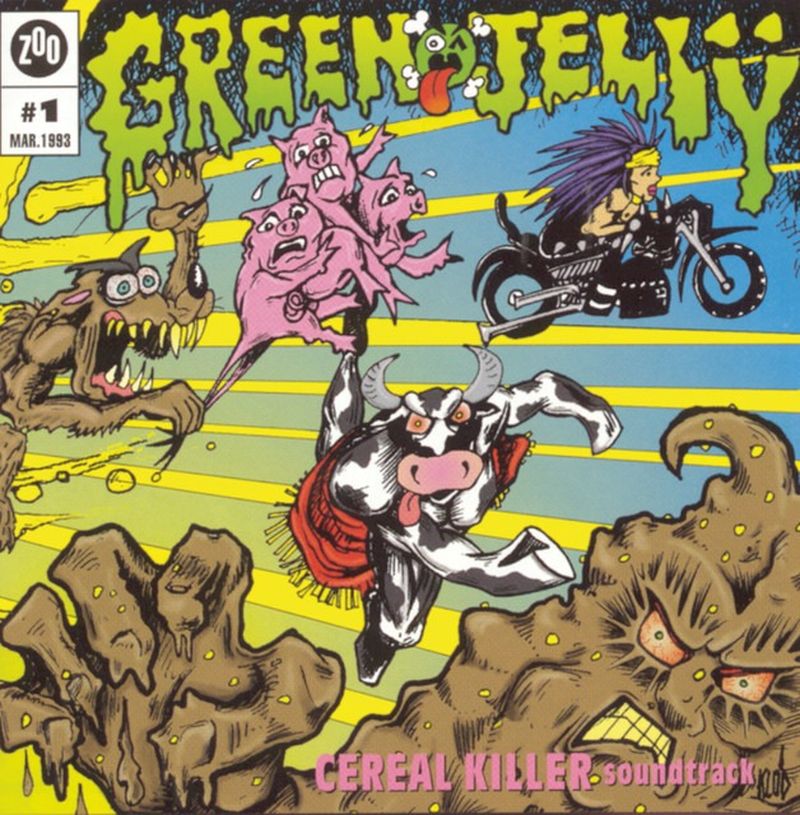
Punk-metal chaos meets childhood fairy tale in Green Jelly’s deliberately absurd masterpiece, which gained renewed momentum through its 1993 re-release following MTV’s heavy rotation. “Three Little Pigs” transforms familiar narrative into heavy music that sounds like a Halloween party soundtrack, emphasizing the band’s commitment to ridiculous concepts without sacrificing sonic impact.
The track’s bizarre music video featuring claymation pigs and costumed band members was a testament that metal could embrace theatrical elements without losing credibility. Green Jelly’s success opened doors for other bands willing to blend heavy music with unconventional concepts. Humor and heaviness could coexist effectively in ways few artists imagined.
6. Digable Planets – Rebirth of Slick (Cool Like Dat)

Jazz samples weren’t uncommon in hip-hop, but Digable Planets inhabited jazz instead of simply borrowing from it when their single dropped in November ’92, gaining massive momentum throughout ’93 as their album Reachin’ dominated alternative hip-hop discussions. “Rebirth of Slick” flows with improvisational spirit that honors both genres equally, while the trio’s conversational rap style complements laid-back production that creates atmosphere perfect for late-night listening sessions.
Their approach revealed that hip-hop could accommodate sophisticated musical elements without alienating core audiences. Street credibility and artistic innovation could flourish in equal measure.
5. Onyx – Slam

Sonic aggression reaches peak intensity on “Slam,” where Onyx channels mosh pit energy into a four-minute assault that abandons traditional song structure for chant-based approach prioritizing physical response over melodic content. Raw production values enhance the band’s confrontational delivery, creating an authentic representation of hardcore energy that feels genuinely dangerous instead of manufactured for shock value. The track successfully bridges hardcore punk and hip-hop in ways that few artists achieved.
Onyx understood that sometimes music’s primary function involves moving bodies instead of hearts or minds, creating space for pure physical expression in hip-hop culture.
4. Haddaway – What Is Love

Eurodance precision drives “What Is Love” with synthesizer arrangements that sound both futuristic and nostalgic, showcasing the genre’s sophisticated production techniques beneath seemingly simple pop structures. Haddaway’s powerful vocals soar over production that balances emotional vulnerability with dancefloor-ready beats, creating infectious energy that masks deeper questions about romantic connection and emotional authenticity. The track’s dynamic range and rhythmic complexity made it perfect for club sound systems worldwide.
The song’s enduring popularity stems from its rare ability to function equally well as introspective ballad or high-energy dance anthem. Multiple listening situations reveal different emotional layers within the same track, and this track remains a karaoke staple, proving the top 20 90s songs you forgot never really left the cultural spotlight.
3. Blind Melon – No Rain

Alternative rock’s emotional complexity finds perfect expression in “No Rain,” where Shannon Hoon’s distinctive vocals convey isolation and hope simultaneously through a performance that feels genuinely vulnerable instead of calculated for alternative credibility. The track’s sunny melody contrasts with introspective lyrics, creating tension that mirrors adolescent experience while gentle guitar work supports Hoon’s delicate delivery. The song’s accompanying video featuring the “bee girl” became a cultural touchstone for outsider identity.
Blind Melon understood that effective alternative music required authenticity instead of rebellion for its own sake. They created music that spoke to genuine emotional experience over manufactured angst.
2. 4 Non Blondes – What’s Up?

Linda Perry’s powerhouse vocals transform personal frustration into universal anthem on “What’s Up?” through dynamic structure that builds from intimate confession to soaring declaration while maintaining emotional authenticity throughout. Raw production values enhance the song’s confessional intensity, allowing Perry’s impressive vocal range to convey genuine emotion over technical showmanship. The track’s accessibility comes from Perry’s ability to transform specific personal experience into universal themes that resonate across generational boundaries.
Karaoke venues worldwide adopted this track for its combination of accessible melody and cathartic emotional release. Authentic emotion creates lasting connection with audiences in ways that calculated appeals cannot match.
1. Tag Team – Whoomp! (There It Is)
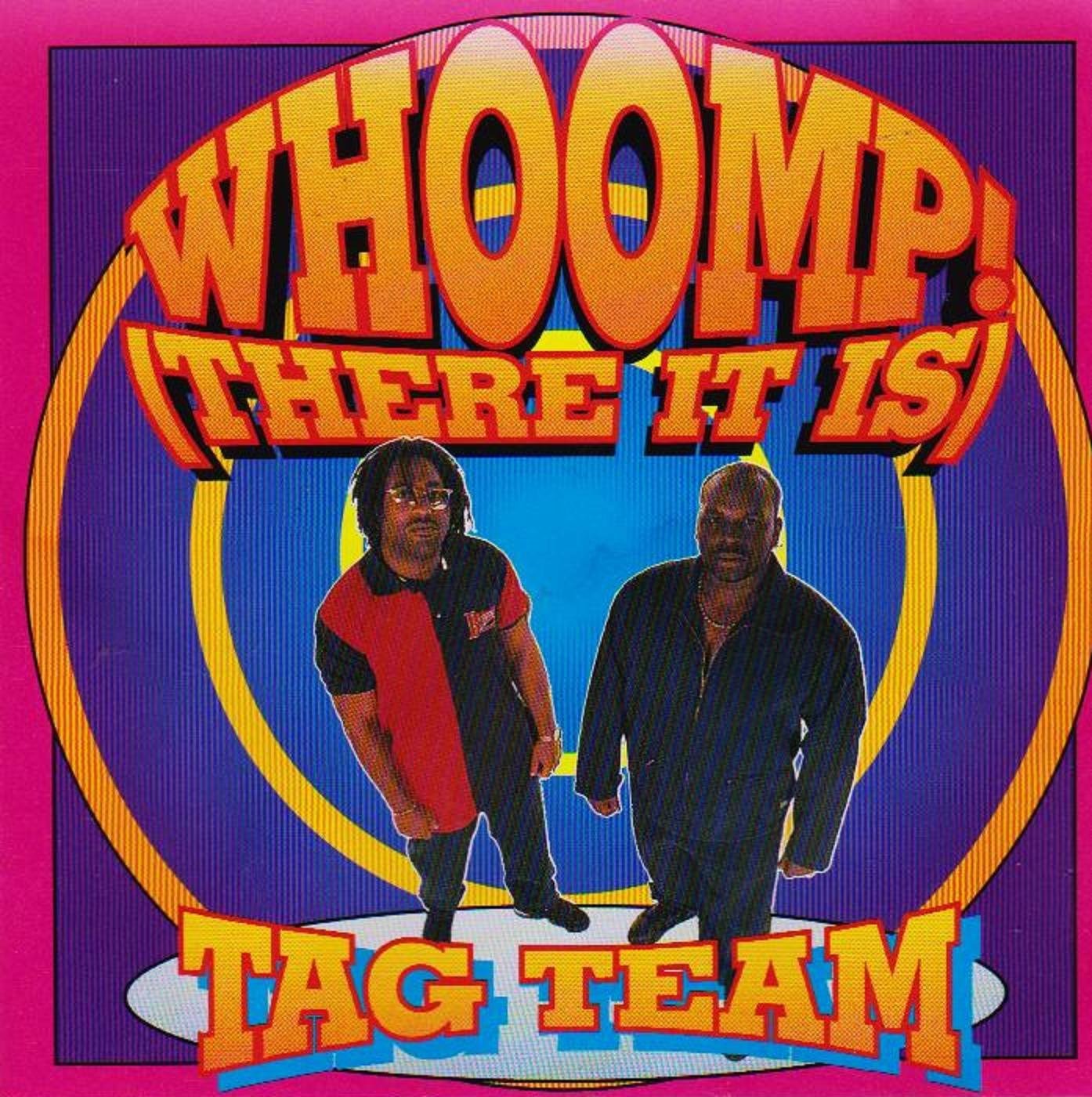
Party anthem perfection emerges from Tag Team’s “Whoomp! (There It Is),” where simple chant becomes irresistible crowd participation experience that transforms minimal structure into maximum impact through repetition and energy instead of complex arrangements. Raw enthusiasm overcomes production limitations, creating authentic celebration music that prioritizes communal experience over individual artistic expression. The track’s guaranteed crowd response made it essential for sports venues and school dances throughout the decade.
Tag Team understood that effective party music requires authenticity over sophistication, creating songs that serve communities instead of critics who demand complex artistic statements beyond pure fun.
Party anthems and alt-rock gems alike, these one-hit wonders defined a year and then faded. If you love a playful flashback, you’ll want to see the cheesiest one-hit wonders of the ’90s that blended novelty with lasting hooks.




